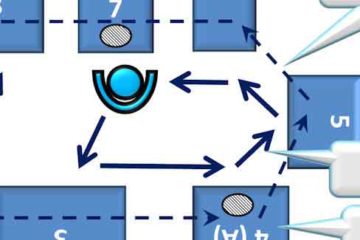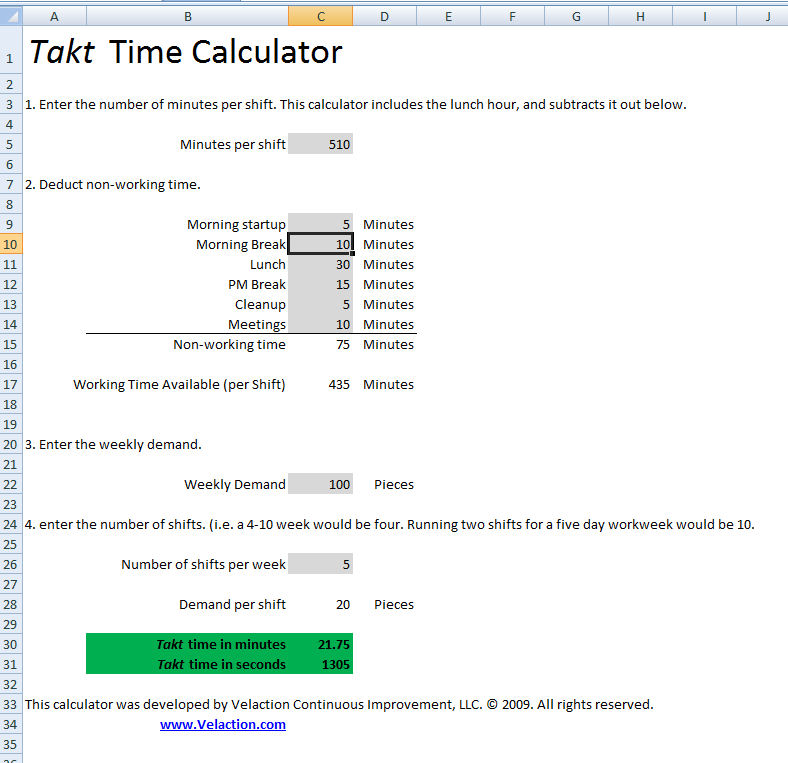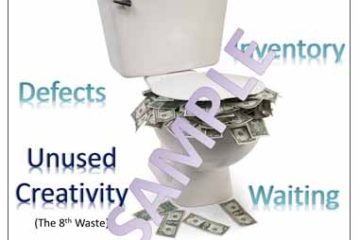Gemba
Literally translated, “gemba” means “the real place”. To experienced practitioners of Lean, this means the place where work is actually being done or value is being created. NOTE: You may also hear the term as genba, with an “N”. Those who focus more on the traditional manufacturing roots of Lean commonly use this term synonymously, although slightly incorrectly, with “shop floor”. The shop floor is a gemba, but not all gembas are shop floors. As Read more…






